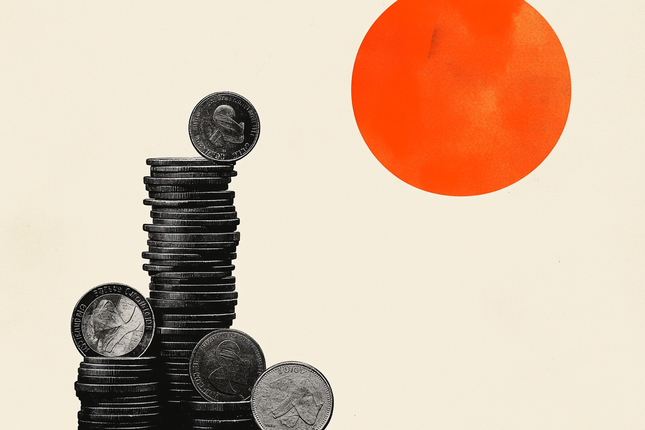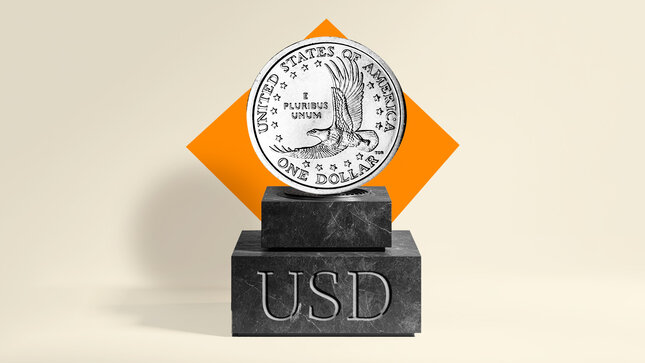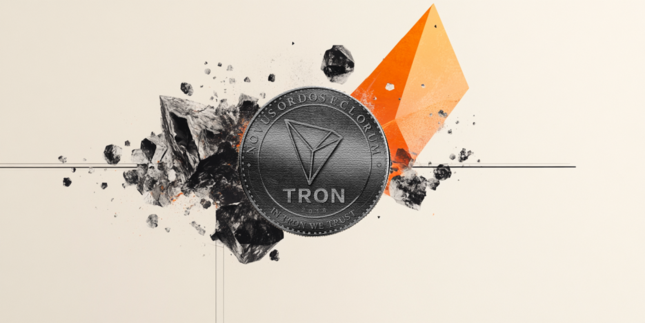Steps to Choosing the Right Platform for You
It goes without saying that a properly-chosen trading platform is one of the most vital components to a successful trading journey. After all, it shouldn’t just be a space to place trades, but rather an epitome of technical and fundamental analytics, providing an all-in-one trading experience, while remaining intuitive and user-friendly. Sounds impossible? Not at all! Let’s see how to find the best platform for you.
Understanding what is a Trading Platform
First off, a trading platform is a computer software program, used to manage market positions through a financial intermediary (i.e: your broker). In other words, a trading platform connects buyers and sellers, much like a trading floor used to before the online trading era, with information being transmitted from broker to trader to market, and vice versa.
Platforms today grant live streaming of market prices, access to specific assets, advanced chart tools, indicators, bots, multiple trading modes, and much more - all to make traders’ lives as easy as possible.
Evaluating Platform Types
1. Proprietary Platforms
This type of platform is developed by the broker, and has the perks of platform features tailored specifically for the brokers clients. Such platforms are developed to allow brokers to offer a unique trading experience to traders and allow them to differentiate from the competition. Such platforms are usually available by big brokerages who can afford the development costs like Plus500 and Interactive Brokers. The fact that these platforms are only available by brokers with years in the market and a proven record of success, makes them also a signal of trustworthiness for the traders.
However, these platforms are not free of disadvantages. To begin with, in case you decide to switch brokers, it entails learning and getting used to entirely new platforms each time, which is not only time-consuming, but at times also relatively complex. Further, a broker’s primary goal isn’t software development. They are hardly able to focus all resources on updating and customizing their platform with new features, and if you’ve been trading for a while - it’s highly likely that you’ve already encountered platform malfunctions, glitches and “offline” situations, which can take quite some time to resolve.
2. Self-Hosted Platforms
This type of platforms, such as MT4 and MT5, is developed by third party companies specialized on trading software and licensed to brokers. The reason why many brokers prefer such platforms is because it entails lower initial costs compared to building their own platform, allows increased customization options, and gives them full trading activity control, as the platform is hosted by the broker, on the broker’s infrastructure. On the traders’ side, the most prominent advantage is that they have the same trading experience across many brokers, therefore they can easily change their broker or trade on multiple brokers at the same time.
On the other hand, such platforms provide full control to the broker, to the extent of allowing them to modify prices and trades. This lack of transparency has become one of the prime reasons why many traders are sceptical about using such platforms to trade, since low cost makes them accessible to less known brokers with no established reputation in the industry. Additionally, prop platform issues persist, as the brokers themselves are responsible for platform service assurance.
3. Cloud-Based Platforms
Cloud-based platforms like cTrader follow a similar business model to self-hosted platforms, in the sense that they are developed by a software house and offered as a service to brokers. Such solutions have both cons and pros for brokers. The cons are that they might cost a bit more to run in the long term, the broker has no control of the infrastructure or platform customizations and has to rely a lot on the service provider. The pros are that the broker does not need to manage the platform operation, this task is completely outsourced to the service provider.
For traders the benefit is that they can still use the same platform across different brokers while knowing that the brokers cannot mess up with the trading environment and manipulate trades and prices. Also they can rely on the reputation of a single service provider for the quality of service and for the transparency in trading.
Making a Platform Choice
Apart from the above, when traders are about to select a trading platform, they should also consider the below:
1. Platform features. The first thing you should consider when selecting a trading platform it’s the feature set. The platform should contain the features you need to execute your trading strategy successfully. If for example, your strategy is based on Renko charts then you need to select a platform that provides Renko charts.
2. Platform lock-in. If you are planning to trade with various brokers, prefer not to lock yourself on a proprietary trading platform, look for a platform that can be found in more than one broker.
3. Platform operation. The way your trading platform is operated might affect your trading. You need to make sure that your platform is updated frequently, runs on fast and reliable hardware and performs as expected. This applies mostly to self-hosted platforms.
4. Platform provider reputation. It is important that you choose a platform developed by a reputable provider. A platform choice is a lifetime choice, so you need to ensure that your platform does have a future, especially in terms of development. You might choose a platform that is good for your current needs but obsolete in some years.
Explore your platform options, choose wisely & happy trading!
Spotware Systems Ltd. is a software development company that provides software solutions (products) and development services to enterprises and corporate clients.
Editors’ Picks

EUR/USD Price Annual Forecast: Growth to displace central banks from the limelight in 2026 Premium
What a year! Donald Trump’s return to the United States (US) Presidency was no doubt what led financial markets throughout 2025. His not-always-unexpected or surprising decisions shaped investors’ sentiment, or better said, unprecedented uncertainty.

US Dollar Price Annual Forecast: 2026 set to be a year of transition, not capitulation Premium
The US Dollar (USD) enters the new year at a crossroads. After several years of sustained strength driven by US growth outperformance, aggressive Federal Reserve (Fed) tightening, and recurrent episodes of global risk aversion, the conditions that underpinned broad-based USD appreciation are beginning to erode, but not collapse.

GBP/USD Price Annual Forecast: Will 2026 be another bullish year for Pound Sterling? Premium
Having wrapped up 2025 on a positive note, the Pound Sterling (GBP) eyes another meaningful and upbeat year against the US Dollar (USD) at the start of 2026.

Gold Price Annual Forecast: 2026 could see new record-highs but a 2025-like rally is unlikely Premium
Gold hit multiple new record highs throughout 2025. Trade-war fears, geopolitical instability and monetary easing in major economies were the main drivers behind Gold’s rally.

Top 10 crypto predictions for 2026: Institutional demand and big banks could lift Bitcoin
Bitcoin’s (BTC) adoption story is unraveling and the king crypto could see institutional demand return in 2026. Crypto asset managers like Grayscale are betting on Bitcoin’s rally to a new all-time high next year, and themes like Bitcoin as a reserve asset are emerging.
RECOMMENDED LESSONS
Making money in forex is easy if you know how the bankers trade!
I’m often mystified in my educational forex articles why so many traders struggle to make consistent money out of forex trading. The answer has more to do with what they don’t know than what they do know. After working in investment banks for 20 years many of which were as a Chief trader its second knowledge how to extract cash out of the market.
5 Forex News Events You Need To Know
In the fast moving world of currency markets where huge moves can seemingly come from nowhere, it is extremely important for new traders to learn about the various economic indicators and forex news events and releases that shape the markets. Indeed, quickly getting a handle on which data to look out for, what it means, and how to trade it can see new traders quickly become far more profitable and sets up the road to long term success.
Top 10 Chart Patterns Every Trader Should Know
Chart patterns are one of the most effective trading tools for a trader. They are pure price-action, and form on the basis of underlying buying and selling pressure. Chart patterns have a proven track-record, and traders use them to identify continuation or reversal signals, to open positions and identify price targets.
7 Ways to Avoid Forex Scams
The forex industry is recently seeing more and more scams. Here are 7 ways to avoid losing your money in such scams: Forex scams are becoming frequent. Michael Greenberg reports on luxurious expenses, including a submarine bought from the money taken from forex traders. Here’s another report of a forex fraud. So, how can we avoid falling in such forex scams?
What Are the 10 Fatal Mistakes Traders Make
Trading is exciting. Trading is hard. Trading is extremely hard. Some say that it takes more than 10,000 hours to master. Others believe that trading is the way to quick riches. They might be both wrong. What is important to know that no matter how experienced you are, mistakes will be part of the trading process.
The challenge: Timing the market and trader psychology
Successful trading often comes down to timing – entering and exiting trades at the right moments. Yet timing the market is notoriously difficult, largely because human psychology can derail even the best plans. Two powerful emotions in particular – fear and greed – tend to drive trading decisions off course.


